Pressure pipeline closures are critical components designed for sealing and providing access to pressure vessels and pipelines used in various industrial applications, particularly in the oil and natural gas sectors. These closures, commonly referred to as quick-opening blind flanges, are engineered for frequent opening and closing operations, facilitating routine maintenance and inspection processes.
The construction of quick-opening blind flanges typically includes several key components: a cylindrical flange body, a cover, and various locking mechanisms such as hooks, clamps, or latches. These flanges are equipped with sealing rings to ensure a tight seal and may include safety interlocks and operating mechanisms to enhance usability and safety.
EMT’s quick-opening blind flanges are designed in accordance with ASME VIII Div.1 standards and undergo rigorous structural and stress analysis using ANSYS finite element analysis software. The primary pressure-bearing components are forged from low-alloy, high-strength carbon steel, ensuring durability and resistance under high-pressure conditions.
To cater to diverse operational environments, these flanges feature corrosion-resistant overlay welding techniques. They are also capable of undergoing hydrogen sulfide resistance tests, making them suitable for harsh chemical exposures. Our products comply fully with GB150 standards and adhere to the SY/T0556-2018 industry standard for quick-opening blind flanges.
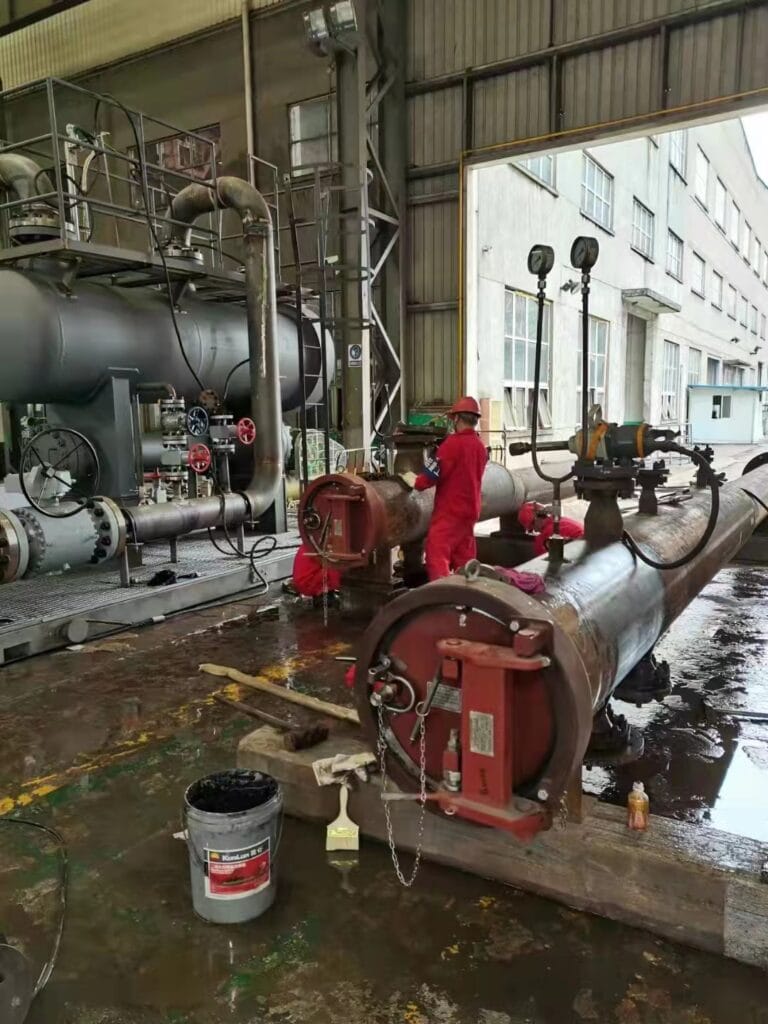
1. Key Technical Specifications:
- Nominal Diameter (Dn): up to 1800mm
- Design Pressure (Pn): up to 40 MPa
- Working Mediums: oil, gas, water
- Design Temperature Range: -50°C to 300°C
- Material: Carbon Steel
- Pipeline Thickness: 6mm to 100mm
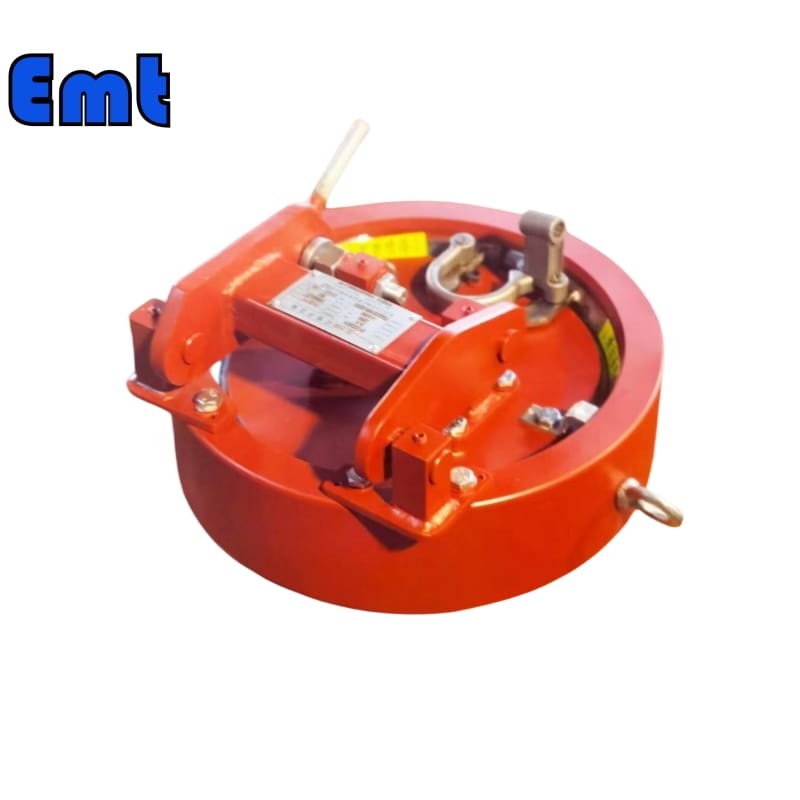
2. Key Features of Closures for Pressure Pipelines
Design Compliance
Closures for pressure pipelines are meticulously designed to conform to strict industry standards, ensuring high levels of safety and performance. They adhere to the ASME VIII Div.1, a critical standard for boiler and pressure vessel codes. Which specifies the design, materials, fabrication, examination, and testing requirements. Additionally, they comply with GB150, the Chinese national standard for the design of pressure vessels, and SY/T0556-2018. It a specific technical specification for quick-opening blind flanges. So this comprehensive compliance guarantees that the closures are suitable for a wide range of pressure applications and are recognized for their quality and reliability globally.
Materials
The materials used in the construction of these closures are specifically chosen for their strength and durability. Such as Low-alloy, high-strength carbon steel is utilized for its exceptional mechanical properties and capability to withstand high pressures without deformation. This type of steel is an optimal choice for high-pressure environments due to its robustness and fatigue resistance, which are crucial for long-term performance and safety.
Corrosion Resistance
Corrosion resistance is achieved through overlay welding, a process that involves adding a layer of more corrosion-resistant material onto a less resistant base metal. This technique is particularly important in environments where the closures are exposed to corrosive substances or extreme conditions. The corrosion-resistant overlay extends the lifespan of the closures and reduces maintenance costs by protecting against environmental factors such as hydrogen sulfide. Which is common in oil and gas applications. This feature ensures that the closures can perform reliably in harsh conditions without degradation.
Safety Features
Safety is a top priority, particularly in industrial settings where pressure systems are used. These closures are equipped with safety interlocks and mechanisms that prevent accidental opening under pressure, thereby safeguarding operational personnel and equipment. These features are designed to meet strict safety standards, ensuring that operations involving pressure vessels and pipelines are conducted without risks, enhancing overall workplace safety.
Ease of Use
Despite their robust and secure design, these closures are designed for ease of use. They are primarily manually operated, featuring user-friendly mechanisms such as hooks, clamps, or latches. These mechanisms allow for quick and easy access to the interiors of pressure vessels for maintenance, inspection, or cleaning operations. The design focuses on providing secure yet effortless access, greatly reducing downtime and simplifying procedures that require frequent opening and closing of the closures.

3. Applications Include:
Oil and Natural Gas Gathering and Transmission Pipelines
Firstly, closures for pressure pipelines are extensively used in the oil and gas industry, particularly for gathering and transmission pipelines. These pipelines are critical infrastructures for transporting crude oil and natural gas from production sites to processing facilities or storage areas. The closures ensure a reliable seal and easy access for maintenance, inspection, or emergency interventions. Which are crucial for maintaining the integrity and efficiency of these long-distance transportation systems.
Launchers and Receivers for Pipeline Cleaning Devices
Also known as pig launchers and receivers, these devices are integral parts of pipeline maintenance. Pigging systems are used to clean pipelines and ensure they are free from obstructions and residues that could impair their operation. The closures on these systems allow for the insertion and retrieval of cleaning devices, known as pigs. Which travel throughout the pipeline to perform cleaning, inspection, or separation tasks. The quick-opening feature of these closures significantly reduces downtime and enhances the efficiency of routine maintenance.
Various Types of Filters and Separators
In applications involving fluid processing, such as oil, gas, and water treatment, closures are used on various types of filters and separators. These devices are essential for removing particulate matter, separating fluids from gases, or segregating different types of liquids. Then the closures provide access for replacing or cleaning filter media and for the regular removal of collected contaminants, thereby ensuring that these systems operate at optimum efficiency.
Pressurization Autoclaves and Vulcanization Vessels
Then closures are critical components in pressurization autoclaves and vulcanization vessels used in the manufacturing of composites and the curing of rubber. These vessels use high-pressure steam or other gases to achieve the necessary environmental conditions for these processes. Quick-opening closures allow for fast and safe access to the vessels, facilitating easy loading and unloading of materials. Which is vital for maintaining high production rates and operational safety.
Quick-Open Door-Type Pressure Vessels
These specialized pressure vessels are equipped with closures that allow rapid access to the vessel interiors. Which is particularly useful in scenarios where contents need to be quickly processed or changed out. Applications include batch chemical reactions, emergency pressure relief scenarios, and processes requiring frequent access for material addition or removal. So it significantly enhances operational flexibility and safety, reducing the risk associated with pressure vessel operation.


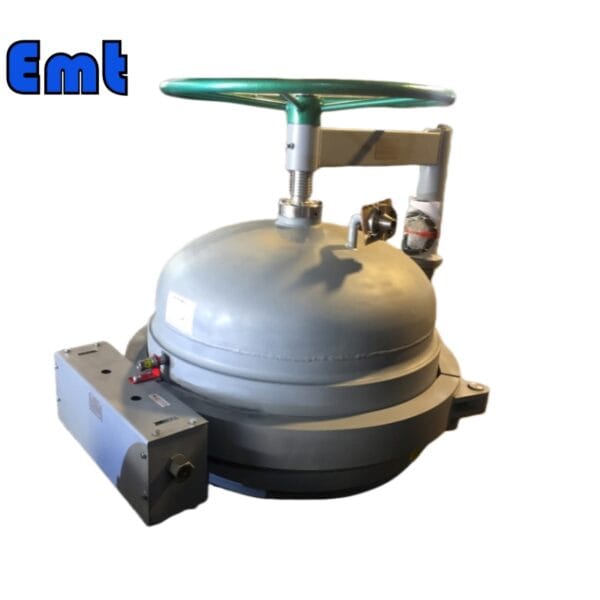
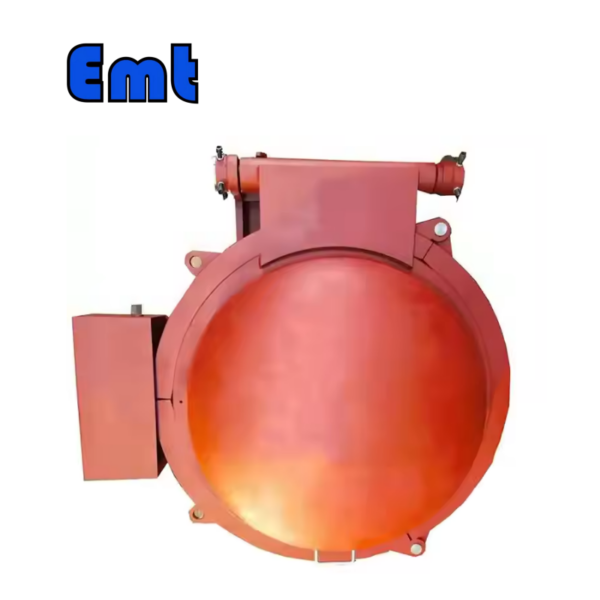
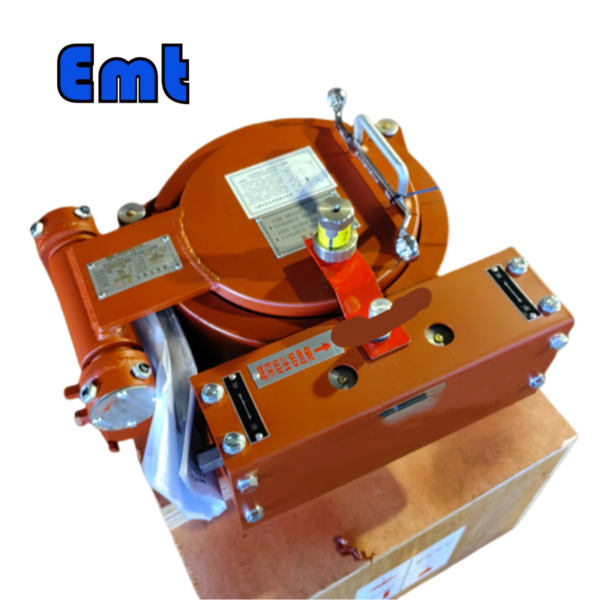
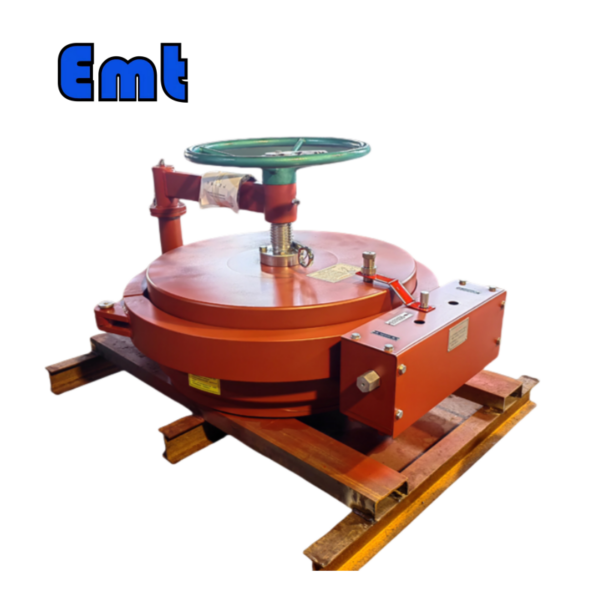
There are no reviews yet.